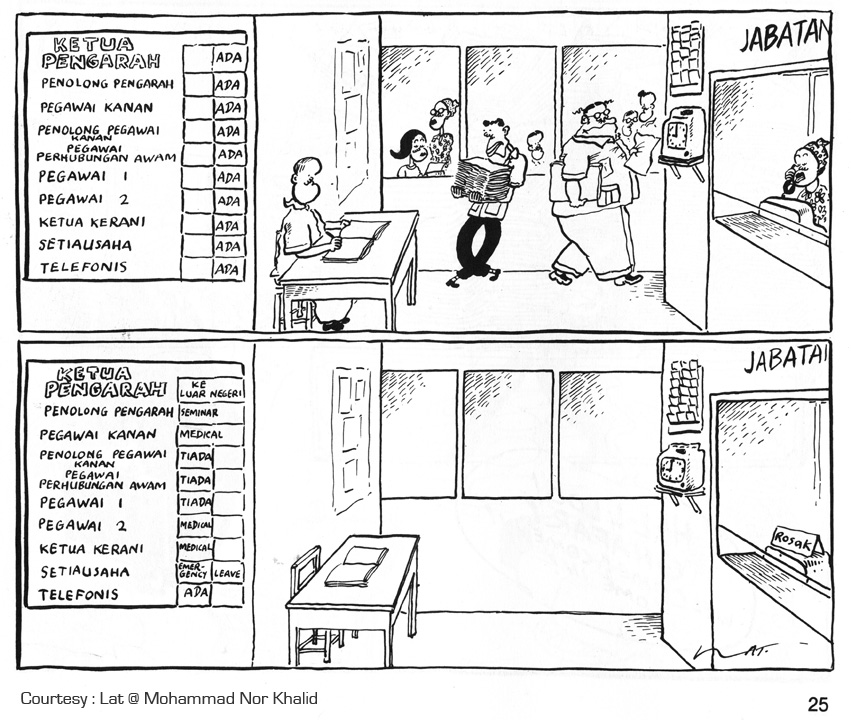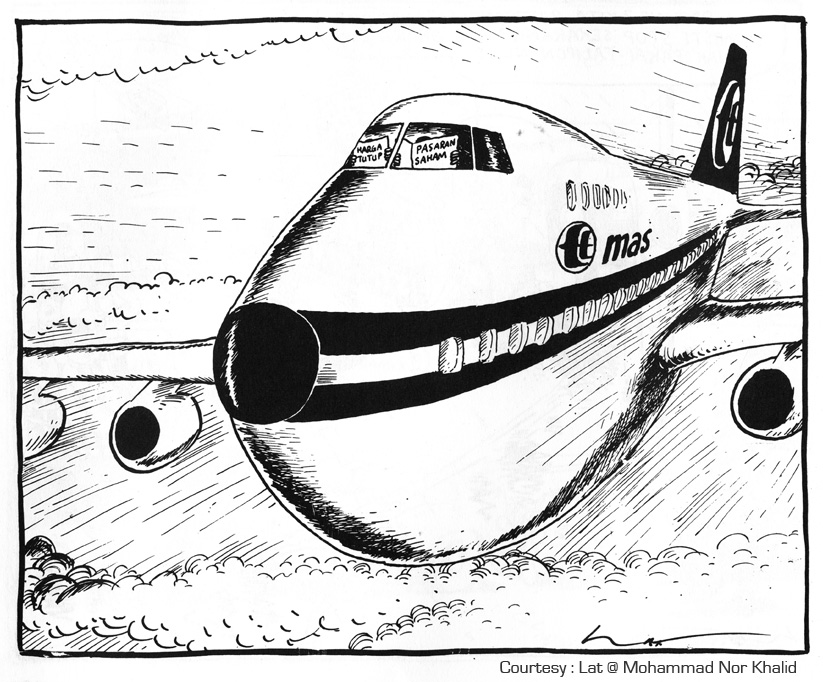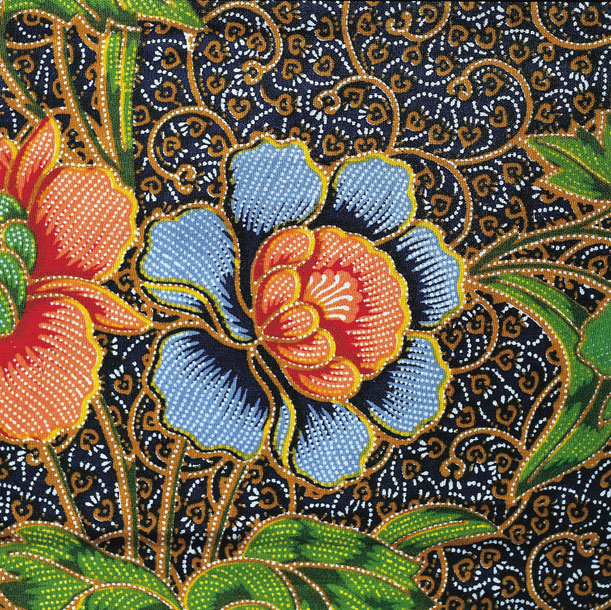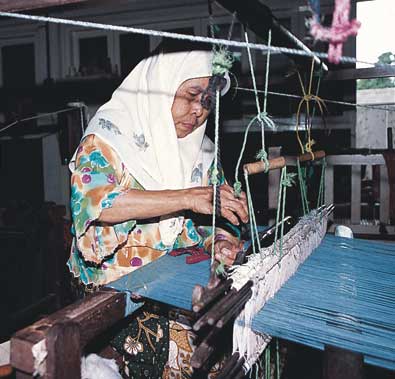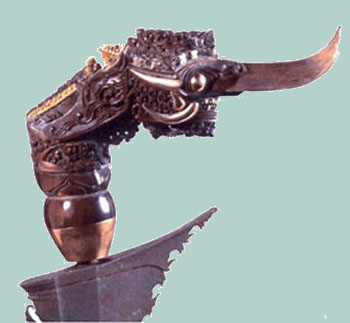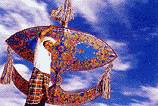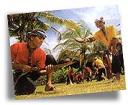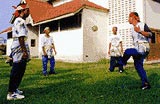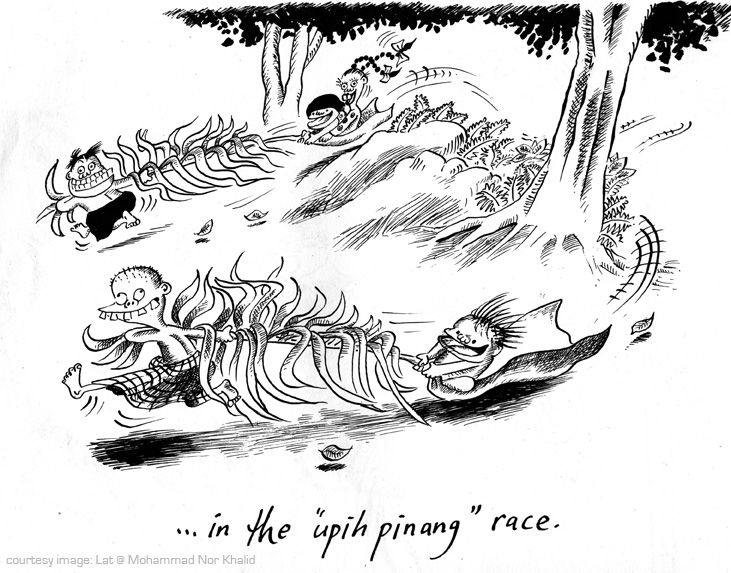Mohammad Nor Khalid, Dato’ or also known as LAT is a well known cartoonist in Malaysia. His first book ‘Kampung Boy’ an autobiography of his life was published in 1979 and sold thousands of copies within 3 months.
Lat highlighted Malaysian icons and symbols through his cartoons. Apart from his own experiences as a kid from rural areas in Malaysia, Lat also recorded issues and scenarios that arise in Malaysia throughout the years. Lat is one of Malaysian ambassador. He promotes Malaysia through his sketches and personal thoughts.
His styles mainly focus on life in multi-racial Malaysia, ranging from deeply personal memories (“Kampung Boy”), political satire (often lampooning the heated debates between the two major political parties, UMNO and PAS, as well as taking a satirical swipe at every major announced government policies), living life abroad from the Malaysian point of view and the ever-changing relationships between the different ethnic groups. He often mixes his social commentaries with humorous passages and slapstick. These features are found virtually everywhere in his work (see bibliography).
Striking about Lat are his accounts of his own village childhood, and his extended Malay family, collected in his acclaimed autobiographical books “Kampung Boy” and “Town Boy”. They are the only books to have been reprinted in Japanese. They recall Lat’s fond memories of the relaxed pace of traditional kampong life, and that in spite of being supportive of modern city life, Lat is proud and very fond of his deeply rural background. Although detailed insight of life on the Malayan peninsula is required to fully appreciate the work, Lat can be recommended as an invaluable primer for the visitor and new resident alike.
Bibliography:
- Be Serious Lat
- Better Lat than Never
- Budak Kampung
- Dr. Who?!
- Entahlah Mak…
- It’s a Lat Lat Lat Lat World
- Kampung Boy:Yesterday and Today (ISBN 967-969-307-4)
- Kampung Boy:Yesterday and Today (Japanese Version ISBN 4794940246)
- Keluarga SiMamat
- Lat 30 Years Later
- Lat and Gang
- Lat and His Lot Again…
- Lat as Usual
- Lat at Large
- Lat gets Lost
- Lat was Here
- Lat with a Punch
- Lat’s Lot
- Lots More Lat
- Lots of Lat
- Mat Som (English Version) (ISBN 983-99617-1-3)
- Mat Som (Malay Version)
- The Kampung Boy
- The Portable Lat
- Town Boy
- Town Boy(Japanese Version)
- With a Little Bit of Lat

